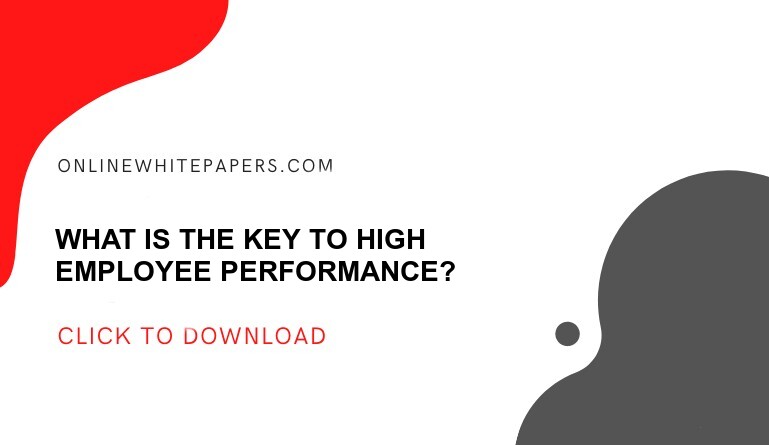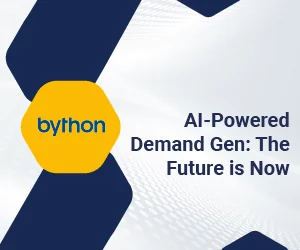“Please rate us” is commonly used after a service or product is delivered, and the user rate the service received immediately with stars. Have you ever wondered how feedbacks affect human psychology and influence their performance? It empowers people to achieve with their full potential. Now here the question comes as to why, in the world of widgets, when feedbacks can be obtained so quickly, employees need to wait for their performance review till the year-end under the conventional performance management process.
Traditional performance management entails a series of actions that assess an employee’s performance once over a year. Continuous performance management, on the other hand, is a yearly evaluation process that occurs at regular intervals. This could be understood and is comparable to online processing and batch processing in computing.
When Adobe scrapped its annual appraisal process in 2012 in favor of “check-ins” and frequent feedback, it became the first well-known organization to use continuous performance management. Adobe put in a lot of effort to integrate this new strategy into their culture, and it paid off: volunteer turnover has decreased by 30% since check-ins were implemented.
What is Continuous Performance Management?
Continuous performance management is an ongoing process that allows managers and employees to exchange feedback regularly to achieve near-term business objectives in contrast to traditional performance management, which is often a once-a-year activity linked to annual appraisals.
Importance of Continuous Performance Management System
Performance management is critical for every organization in monitoring and ensuring that it achieves all of its predetermined goals and targets and properly communicating these accomplishments to key external stakeholders.
To grow a business, the system demands a suitable feedback mechanism. Continuous performance management includes KPI, KRA, and feedback that contrivance in driving growth, increasing employee engagement, and inflating production. Employees who receive timely and helpful feedback are more likely to offer their best to the company. Hence the key to a cipher of performance management is an effective Feedback System.
The wired framework of this Continuous performance management is based on three macro functions
- Evaluation: Knowing the points of assessment for each plan
- Fostering: It entails providing an environment in which employees can flourish.
- Accountability: Making performance a proactive process is what responsibility is all about.
Evaluation
CIPD research reveals that the most crucial determinant in how people react to feedback is whether they believe it is fair. Fairness may be challenging to achieve without knowing what is expected of employees and how they are evaluated.
Setting clear expectations is consequently critical to the continuous performance management process’s effectiveness. Employees must also have the resources and knowledge necessary to satisfy these articulated goals.
Fostering
Employee development is a goal of an excellent continuous performance management system. Employees should be able to overcome hurdles and reach their full potential. This is based on a thorough understanding of motivation and how work is completed with constructive feedback.
The importance of appreciation and acknowledgment in getting a job done cannot be overstated. Recognition, whether private or public, fosters a sense of accomplishment, which is a powerful motivation and results in performance improvement.
Accountability
Effective continuous management technique avoids defensive stance like pushing employees at work. It encourages employees to take self- initiatives, exhibit an active role in their performance and future development, and be accountable for their work.
A sound Continuous Performance Management solution system is a dedicated automation platform that seamlessly consolidates all the above characteristics. It allows the managers to set performance parameters and record feedbacks against each along the production line. Such tool include the following four crucial components for feedbacks.
- Record an array of feedbacks in volumes (Project wise and employee wise)
For the check-in sessions to be beneficial to both parties, the manager must record a significant amount of feedback from the employee. One or two pieces of feedback won’t structure the performance graph.
However, whether a manager of operations or a human resources manager, they already have too much on their plates to process, making it impossible to document each and every feedback. Most managers, unfortunately, do not have time to prepare extensive performance feedback reports in advance of check-in meetings. It simply won’t happen if capturing input isn’t quick and easy for a manager whenever it’s convenient.
Hence, they require a quick note-taking tool that is convenient and compiles points in their archives for future reference.
A cutting-edge system Continuous Performance Management solution increases the amount of input that managers document by allowing it to be captured in screenshots at any time and in any location. A goal or value, an achievement level, and a brief written remark with feedback information are included in each performance feedback screenshot for reference. The prompt feedbacks amplify the work progress.
- Copyediting to establish feedback quality
In modern organizations, providing feedback is critical for increasing employee performance; nevertheless, little is known about how the quality of feedback influences performance. The quality of feedback has a significant impact on productivity.
Average performance improves with high-quality feedback, in comparison to low-quality feedback or no feedback. The number of feedbacks does not guarantee its quality. Hence, managers must collaborate with HR to obtain a positive assessment from the avalanche of data.
No Continuous Performance Management solution that provides managers with ‘packaged’ recommendations on successful performance feedback can match a company’s HR Professional’s skill, organizational awareness, and cultural sensitivity. The organization’s HR Professional can define criteria for queuing feedback to save administrative costs.
The compiled feedback must be slipped into identities involving the recipient, the feedback achievement level, or the content of the feedback text note in a criteria template. This ensures that an HR Professional reviews only input that has the potential to be problematic.
- Timeliness ensures feedback effectiveness
The effectiveness of any feedback is primarily determined by its timing. If an employee or a team completes a difficult assignment and receives a “thumbs up,” it instantly motivates them to proceed at the same pulse. And if the manager makes a delay in responding to the same, it reduces the energy of employee, and they start losing motivation.
Hence for specific tasks, the platform should allow the manager to immediately respond Well done, Good Job, or Keep up the good work comments. But he must restrain himself from complementing for tiny chunks of work quickly and frequently. Therefore, matching feedback with the employee’s goals, managers can improve the efficacy of feedback for employees by allowing them to decide the time and method of sharing feedback with them.
For example, sharing instant feedback with an employee, such as a brief acknowledgment or thank you, can be pretty helpful. Other times, deferring sharing to a later check-in appointment is the most successful strategy when complex or developmental input can be reviewed.
- Comprehensive Feedback Dashboard
Individual snapshots of performance feedback are taken that cover a specific objective area or value. Managers must gather feedback snapshots for each employee across all goal areas and values throughout time. Feedback snapshots form a thorough, accurate appraisal of each employee’s work, similar to putting individual images into a photo album. Such documentations lead to various reports and analysis needed for performance assessment.
( Also Read: Continuous Performance Management Best Practices )
Benefits of Implementing Continuous Performance Management System
Today, organizations like Apple, Google, and Netflix, experience 40% more productivity than the norm, as they have engaged with continuous performance management systems emphasizing organizational structure and trust-building.
It is noteworthy that old business players such as Goldman Sachs, formed in 1869, recognized the lacuna in traditional performance management far before and decided to trailblaze continuous performance management into their process. They implemented the real-time feedback tools for all 35,000 employees to establish a comprehensive performance assessment process and acquire a competitive advantage.
Frequent feedback is now being dubbed the “killer app,” with studies showing that it can enhance performance by up to 39%.
Final Thought
More continuous performance reviews can save your company both time and money. When it comes to working hours and form-filling, annual assessments require a significant investment. They wind up being unproductive and, ultimately, a waste of time because they strive to accomplish too much in one sitting and because they are so feared by everyone involved.
Continuous Performance Management Software, therefore, is the catalyst for the new business world and its work processes. A smartphone app or any web-enabled device with an internet connection, such as a tablet or laptop, can be used to capture feedback screenshots. The mobile app also supports speech recognition to reduce typing and allows feedback to be taken even when the phone is turned off, getting fast feedback at any time and location. Feedback may be captured promptly when it is noticed or thought of, ensuring that it is correct and not forgotten.
The present-day work environment demands the need of Continuous performance management, which must be collaborative, frequent, and take place in real-time rather than retrospectively to be effective.








